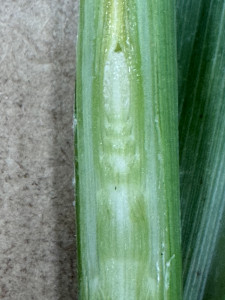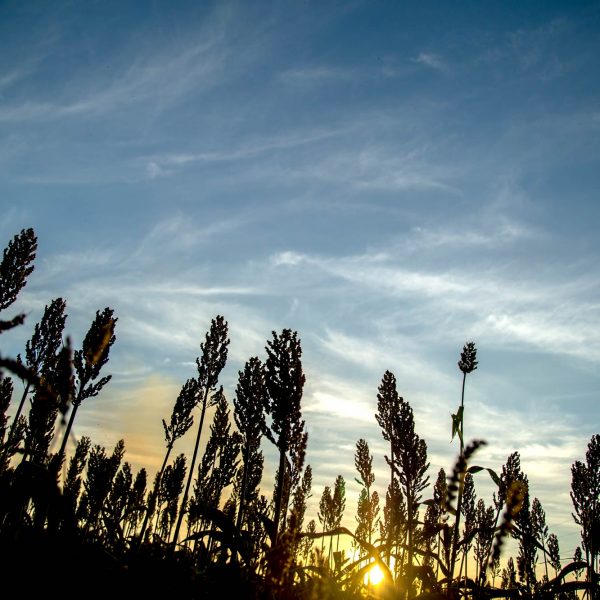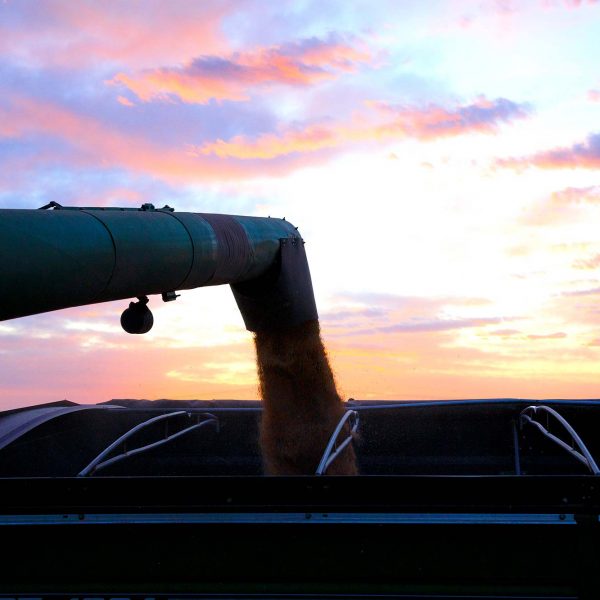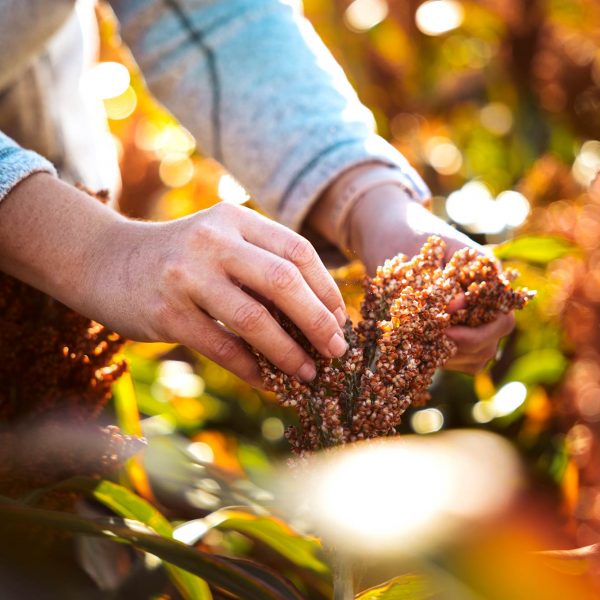
The Importance of Growing Point Differentiation in Sorghum
The Importance of Growing Point Differentiation in Sorghum
Brent Bean, Sorghum Checkoff Director of Agronomy
Most growers in the Sorghum Belt have likely attended multiple educational programs covering sorghum growth stages. One of the most important growth phases in the life of the sorghum plant is growing point differentiation (GPD). This marks the transition of the plant from vegetative to reproductive growth, when the apical meristem, or “growing point,” shifts from producing leaves to initiating the formation of floral structures. Understanding and managing this stage is essential for optimizing sorghum productivity.

Based on this definition, it might be assumed that this growth stage is easy to determine — it is not! Unlike the other defined growth stages that can be easily observed, GPD requires the dissecting of the plant. To determine if GPD has been reached, use a pocket knife to slice the bottom of the stalk down the middle. If the immature panicle (head) is present, the plant is at the GPD stage. GPD occurs at some point between the fifth and seventh leaf stage. So, this begs the question: How do you determine leaf stage — by counting leaf collars, NOT visible leaves. At the fifth leaf stage there may very well be six to eight visible leaves present, depending on if any of the older leaves have dried up and fallen off of the plant.
GPD typically occurs around 30 to 40 days after planting, depending on environmental conditions and hybrid characteristics. Prior to this stage, the growing point is located below ground and protected from above-ground stressors such as drought, pests and mechanical damage. Once GPD is reached, the growing point elevates above the soil surface and begins the process of developing the panicle. The size of the panicle, and more importantly the potential number of grain produced, is determined at this stage. Any stress at this point can significantly impact final yield.
Prior to GPD, the sorghum plant can withstand significant stress with limited impact on yield. From a management perspective, adequate nutrients, particularly nitrogen should be present. Many of the herbicides used post emergence should be applied prior to GPD to prevent crop injury and loss of yield potential. If irrigation is an option, applying water, if needed, will greatly impact yield. On dryland, this is also why having a full profile of water plays such an important role in a successful crop. On clay loam soils especially, a full profile typically supports the crop through this critical stage with limited water stress.
In summary, growing point differentiation in sorghum is a foundational stage that sets the trajectory for grain potential and final yield. Timely recognition and appropriate management of this phase can make the difference between an average and an exceptional harvest.




